Don’t mention the budget crisis: The crazy stuff public servants spend your money on
WOULD you pay $70,000 for office plants? Trick question: you already have. Welcome to Canberra, where your tax dollars go to die.
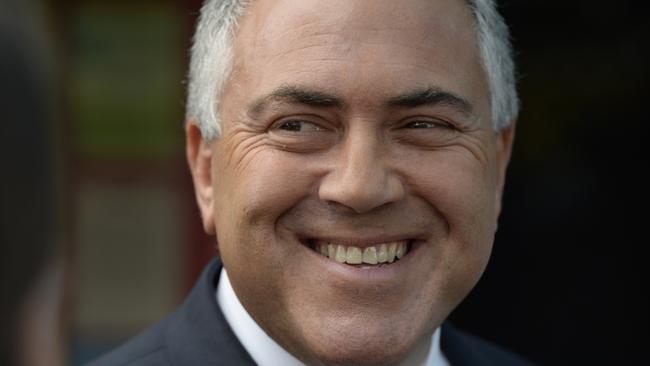
AUSTRALIANS everywhere are stocking up on grain, tinned beets and bottled water as we prepare to enter a long winter of debt and deficit.
With our two most senior economic figures last week issuing a dire warning about the future of our nation’s finances, the case for government belt-tightening grows ever more urgent.
But just how tight is the government’s belt? While everyday dole bludgers are expected to shoulder the burden of financial discipline, it seems the public service is happier than ever to waste taxpayers’ money.
Government waste is like the never-ending story — but it’s not just Foxtel subscriptions, yoga classes and $14,000 coffee tables this time around.
There’s also the release of the Australian Research Council’s latest round of Discovery Project grants, which, despite Tony Abbott’s pre-election pledge to cut funding from “futile” research programs, has thrown up some surprising uses of your money.
“All the talk of cutting waste in the lead-up to the last election and the first budget now seems like hot air,” said William Shrubb, researcher with the Centre for Independent Studies’ WasteWatch program.
“Not a lot has changed. We’ve continued to find instances of ridiculous contracts being awarded, at all levels of government.”
Here’s what’s been happening while you were busy working:
MARY POPPINS STATUE: $26,400
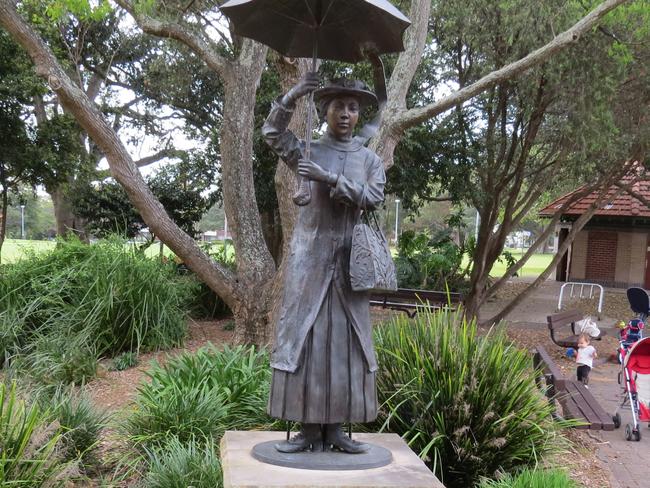
Remember the former government’s Department of Energy, Resources and Tourism? (Not to be confused with the Department of Finance, Space Exploration and Stamp Collecting.) It was abolished after the 2013 election, but not before frantically writing out a few more cheques.
As part of its Tourism Quality Projects program, the DERT awarded $26,400 to the Southern Highlands Youth Arts Council to build an important statue in the middle of Bowral — a life-size bronze depiction of Mary Poppins.
That’s because Bowral was the hometown of Helen Lyndon Goff, aka P.L. Travers, the flying nanny’s creator. “It seems that Mary isn’t the only thing that can blow in on the East Wind though,” notes WasteWatch’s Alex Russell. “Grants from the taxpayer can, too.”
CLIMATE CONTROLLED ROOMS: $21,970
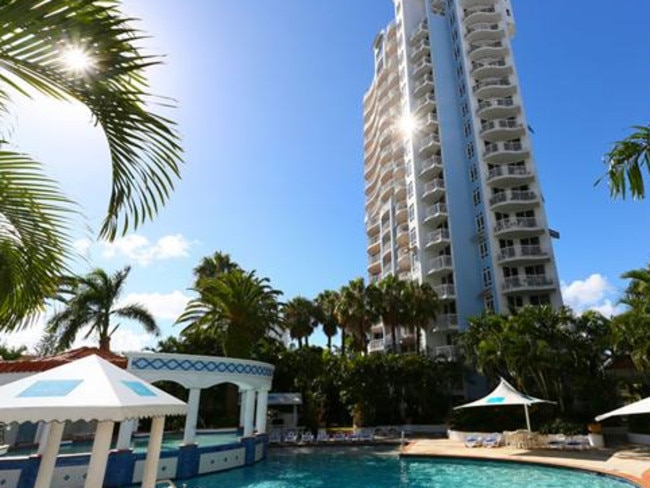
In case you weren’t aware, the National Climate Change Adaptation Research Facility is a thing that we pay for.
And what better way to “generate the information needed by decision-makers in government and in vulnerable sectors and communities to manage the risks of climate change impacts” than by flying in delegates from all over the world to attend conferences at swanky resorts like the Gold Coast’s Bel Air on Broadbeach?
For a three-day conference at the end of September last year, the Bureau of Meteorology spent $21,970 on hotel rooms for some of its international speakers — for 13 days. We just hope they didn’t use the air conditioning.
ANTI-SAUSAGE SIZZLE: $165,000

It seems nothing’s off limits for the nanny state of NSW. The NSW Health Department has declared war on a time-honoured Australian tradition: the Saturday afternoon after-sport sausage sizzle.
The Department’s ‘Finish with the Right Stuff’ campaign is designed to encourage sports clubs to stop offering unhealthy food and drinks after sports games, and presumably provide “tofu, quinoa, activated almonds and goji berries” instead, as Mr Shrubb writes.
To that end, it has awarded a $165,000 contract for “digital media strategy” for the campaign. (Hint: kids use Facebook.)
INTERIOR LANDSCAPING: $66,600
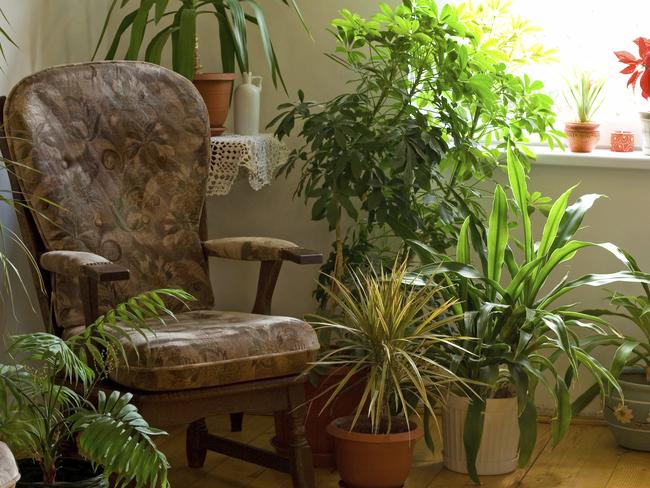
The national regulator for the vocational education sector, the Australian Skills Quality Authority, has a tough job on its hands cracking down on dodgy operators handing out iPads at Centrelink and shirt-fronting pensioners at the local shopping centre into signing up for $20,000 business diplomas.
So maybe it’s fair enough that it spends nearly $70,000 of taxpayers’ money on “interior plant landscaping”, presumably to maintain workers’ mental health through the Japanese art of shinrin-yoku, or ‘Forest Bathing’.
The three-year contract works out to just over $427 a week to maintain the lush indoor jungle. Taxpayer-funded plants are nothing new, but if government bodies are genuinely keen on savings, indoor gardens seem ripe for pruning.
PARKING SUBSIDIES: $5-10 MILLION
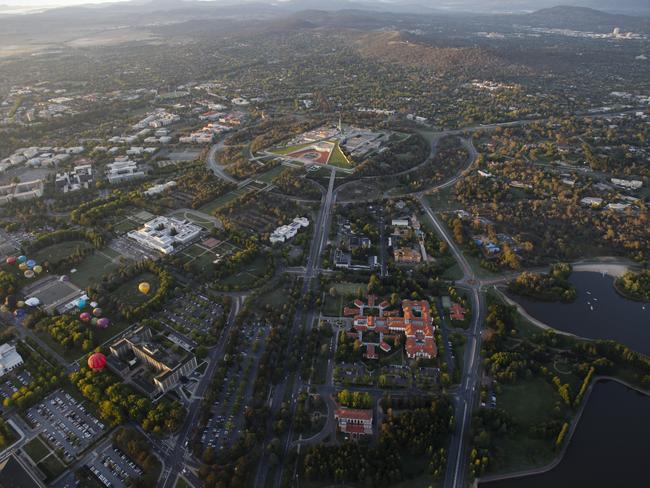
This is a tricky one. Last July, public servants in Canberra’s parliamentary triangle were informed they would soon have to pay up to $12 a day for their previously unmetered parking.
As anyone who has ever lived in Canberra will know, public transport is actually worse than useless — ACTION Buses have been known to abduct people from the street and dump them in remote farmland.
But surely there’s a better solution than Defence’s current Human Centipede-style plan to subsidise its public servants $8 out of the $12? A Defence spokeswoman estimated the scheme would cost the taxpayer $5 million, give or take another $5 million.
FREE APP: $104,600

Clearly one of the core functions of the Australian Bureau of Statistics is to engage with Da Yoof, and what better way than through a mobile game?
‘Run That Town’, a free app that offers players the experience of using real census data to make planning decisions, has to date cost the taxpayer more than $100,000.
After an initial cost of $27,500, the ABS decided it needed a $30,000 ad campaign to promote the game. Most recently, the ABS has forked out $47,150.50 on a voice-over service, more than a year after launch.
NICE GUYS FINISH LAST: $154,000
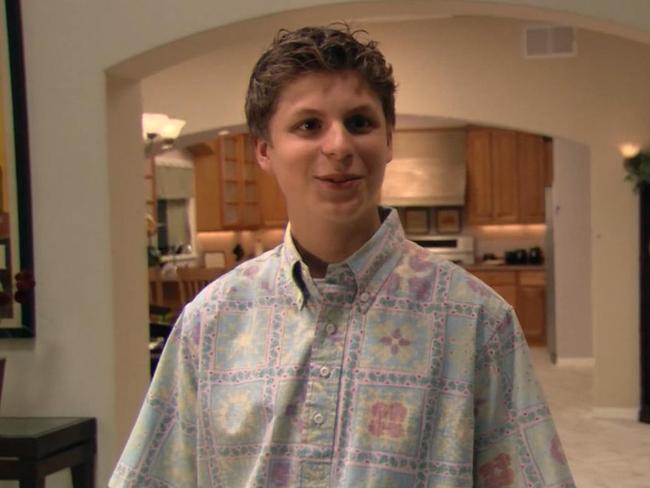
Do nice guys really finish last? It’s an age-old question, and one that we should very soon have a definitive answer to thanks to a $154,000 research grant awarded to Monash University’s Philosophy Department by the Australian Research Council.
The project aims to examine the hypothesis that “moral cognition makes us vulnerable to exploitation” through “empirical investigation of the circumstances in which moral behaviour can have harmful side-effects”.
“Sensitive and single high school boys around the nation will no doubt be thrilled,” Mr Shrubb notes, with the investigation sure to give lifestyle blogs enough new content to last for years.
RURAL CHINESE ROMANCE: $183,000
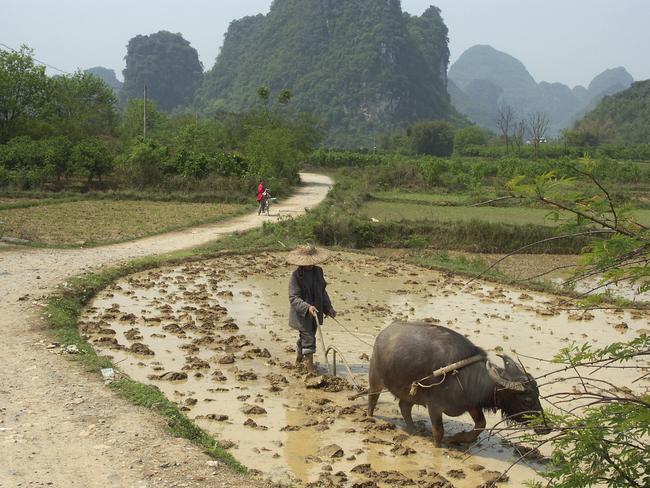
The love lives of China’s 260 million rural migrant workers are the subject of another taxpayer-funded research project, this time to the tune of $183,000.
The study will aim to examine how these mostly disadvantaged workers experience inequality, and how that inequality “shapes their most intimate feelings”.
The project aims to “demonstrate unequivocally that love and romance are far from ‘trivial’ for these individuals: studying them is not a retreat to the merely personal, but rather promises vital new ways of understanding inequality”.
CHINESE PROSTITUTION: $133,500
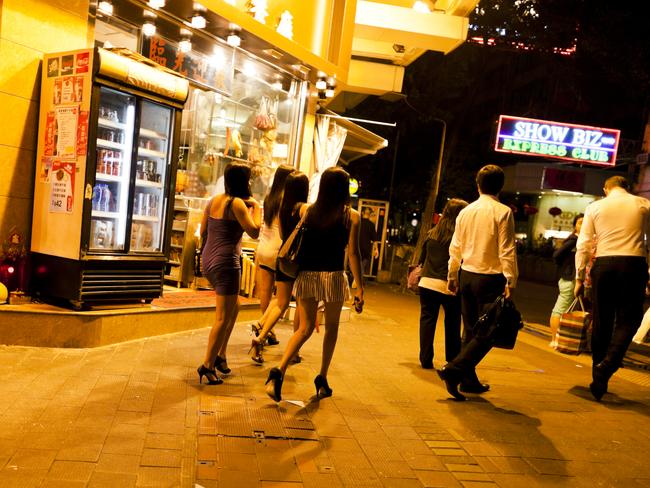
The ARC does seem to have a strange obsession with China. In 2009, a three-year, $133,514 study titled ‘Governing Prostitution in the People’s Republic of China’ set out to produce the “first detailed study of the governmental regulation of prostitution in present day China”.
The project also aimed to “position Australian research at the international forefront of this field”, just in case we were in danger of falling behind.
As WasteWatch notes, “Who needs improved infrastructure and safer roads, when you can have your tax dollars spent on learning how President Xi governs and regulates prostitution?”
GRANTSMANSHIP GRANT: $180,000

And finally, in case anyone was worried that universities were not being meta enough, one lucky researcher has been awarded an $180,000 grant to study the process of ‘grantsmanship’ — that is, the process of applying for grants.
The research will take an “international comparative approach” to offer “original, in-depth insight into how so-called ‘grantmanship’ is undertaken, how it is learned and how it is experienced”.
It will investigate “how different policy and institutional contexts influence such work and how social scientists negotiate scientific and strategic exigencies in the process of proposal writing”.
So there you go.




